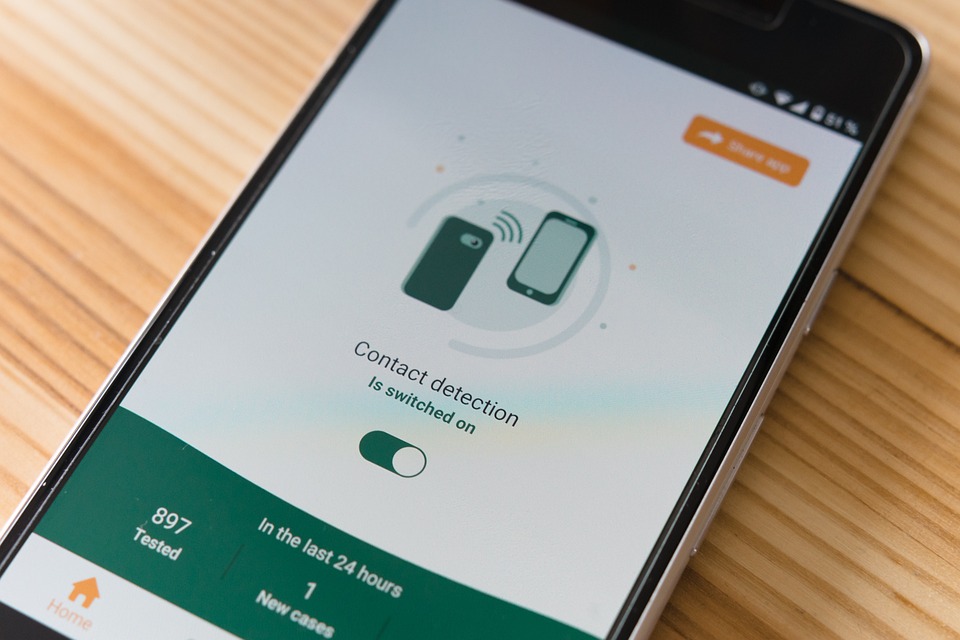In a world where technology evolves at an unprecedented pace, businesses and individuals alike find themselves in a race to innovate. Traditional software development methods, often bounded by complex coding languages and lengthy timelines, can stifle creativity and slow progress. However, a revolution is taking shape—thanks to low-code and no-code platforms. By enabling users to design applications through intuitive drag-and-drop interfaces, these solutions are democratizing the development process.
The Rise of Low-Code/No-Code Platforms
Low-code and no-code platforms are reshaping the digital landscape. They allow non-developers, often referred to as “citizen developers,” to create functional web applications without writing extensive lines of code. Platforms like Bubble and Webflow have taken the market by storm, empowering users to visualize their ideas and bring them to life with remarkable ease and speed.
What Are Low-Code and No-Code Platforms?
-
Low-Code Platforms: These tools require minimal hand-coding, offering users the flexibility to incorporate custom code where necessary. They cater to both non-developers and professional developers, providing a bridge between technical and non-technical users.
- No-Code Platforms: Designed primarily for users who lack technical skills, no-code platforms enable individuals to design, build, and deploy applications using visual interfaces, drag-and-drop features, and ready-made components.
Together, these platforms are creating new pathways for innovation, allowing users to focus on ideas and functionality rather than technical constraints.
Speeding Up Development
The traditional development lifecycle can often take months—or even years—to complete, largely due to intricate coding and design processes. Low-code/no-code platforms significantly accelerate this timeline.
How They Speed Up Development
-
Visual Builders: Users can drag and drop elements into place, allowing for rapid prototyping and the ability to see real-time changes. This reduces the back-and-forth between designers and developers, streamlining the workflow.
-
Pre-Built Templates and Components: Instead of designing components from scratch, users can leverage vast libraries of pre-built templates and modules. This not only saves time but also fosters a consistent and polished user experience.
-
Integration Capabilities: Many platforms offer seamless integration with third-party services (like payment processors, databases, and APIs), further speeding up development and functionality.
- Real-Time Collaboration: With drag-and-drop development, teams can work together more intuitively. Non-technical stakeholders can jump in, provide feedback, and make edits, leading to a more collaborative and responsive development process.
Enabling Non-Developers
One of the most profound impacts of low-code and no-code platforms is their ability to enable and empower non-developers.
Empowering Citizen Developers
Without prior coding experience, individuals can take their ideas from concept to reality:
-
Creative Freedom: Non-developers can experiment, iterate, and innovate without needing to wait for a full technical team. This freedom fosters creativity, leading to unique and diverse applications born from varied perspectives.
-
Problem Solving: Non-technical team members often have firsthand experience with organizational challenges. Allowing them to build bespoke applications means problems can be tackled with greater agility.
- Cost Efficiency: Companies can redirect resources that would have gone to traditional development and invest them in other areas, such as project refinement or marketing. The reduced need for extensive developer teams also lowers overhead costs.
Discovering Platforms: Bubble and Webflow
Platforms like Bubble and Webflow are prime examples of how drag-and-drop development changes the game.
Bubble
Bubble allows users to create complex web applications by simply dragging and dropping elements. Its visual interface connects to a strong backend framework, enabling users to build fully functional applications without writing code. From e-commerce sites to social media platforms, Bubble facilitates the development of various applications that are both robust and scalable.
Webflow
Webflow, on the other hand, excels in web design and provides users with complete control over the look and feel of their sites. While also offering templates, it allows for granular customizations. Designers can create responsive sites that are production-ready without needing to lean on developers, ensuring that their visions are realized exactly as intended.
The Future of Software Design
As we look toward the future, it’s clear that drag-and-drop development will play a vital role in shaping the way software is designed and deployed. By breaking down barriers to entry and fostering a culture of innovation across industries, low-code/no-code platforms are leveling the playing field.
The emergence of citizen developers may well be the catalyst that propels the next wave of technological advancement. With creativity unleashed through these powerful tools, we can expect to see a plethora of unique solutions addressing real-world problems. As software design evolves, one thing is certain: the future is looking brighter and more inclusive than ever.
Join the Revolution
Whether you’re a seasoned developer or a passionate entrepreneur with a vision, embracing the capabilities of low-code/no-code platforms like Bubble and Webflow could be your gateway to unprecedented creativity. The tools are available—now it’s time to unleash your ideas and change the world, one drag-and-drop at a time.



